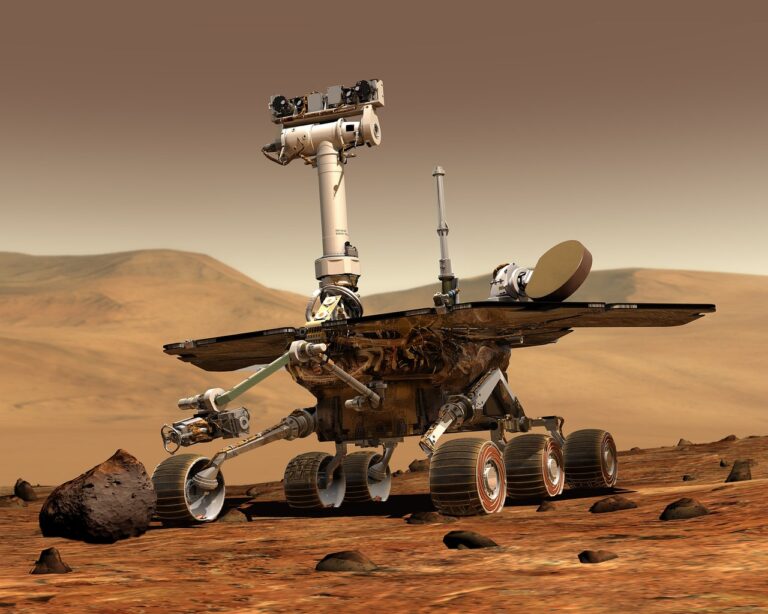Worldsfeed News Desk: NASA’s Curiosity rover is celebrating a remarkable milestone as it marks 4,000 Martian days on the Red Planet. Despite its 11-year journey and the wear and tear it has endured, the Curiosity mission team is ensuring that this robotic scientist remains in good shape for its fourth extended mission.
Having landed in Gale Crater on August 5, 2012, the rover is still conducting groundbreaking scientific research. Recently, it drilled its 39th sample and analyzed the pulverized rock, continuing to reveal the mysteries of the Martian landscape.
Curiosity’s primary mission is to uncover the secrets of Mars’ past, specifically whether the planet had conditions suitable for supporting microbial life. To achieve this, the rover has been gradually ascending the 3-mile-tall Mount Sharp, which holds a record of Martian climate changes throughout history.
The latest sample, collected from a site known as “Sequoia,” aims to shed light on the evolution of Mars’ climate and habitability. Scientists anticipate that this region was enriched in sulfates, minerals that likely formed in salty water as Mars began to dry up billions of years ago, eventually losing all of its liquid water.
By studying sulfate and carbonate minerals, Curiosity’s instruments have provided valuable insights into Mars’ ancient history, helping us better understand the planet’s evolution. The recent discovery of a magnesium sulfate mineral called starkeyite suggests how Mars’ climate transformed over time, leading to its present arid state.
Technical challenges have tested Curiosity’s resilience as it journeyed over 20 miles through a harsh Martian environment since 2012. Engineers are currently addressing an issue with one of the rover’s main cameras, the 34 mm focal length left camera of the Mast Camera (Mastcam). This camera is crucial for providing color images and determining rock composition from a distance.
Despite this technical challenge, Curiosity’s nuclear power source remains strong, with engineers expecting it to continue operating for many more years. Moreover, software updates have enhanced the rover’s capabilities and reduced wear and tear on its systems.
As Curiosity approaches its 4,000th Martian day, the mission team is prepared for a brief hiatus in November due to Mars’ solar conjunction. This celestial event, during which Mars disappears behind the Sun, may interfere with radio communications. However, once this period ends on November 28, the rover will resume its mission, undeterred by the challenges it has faced during its remarkable journey on the Red Planet.


0 Comments